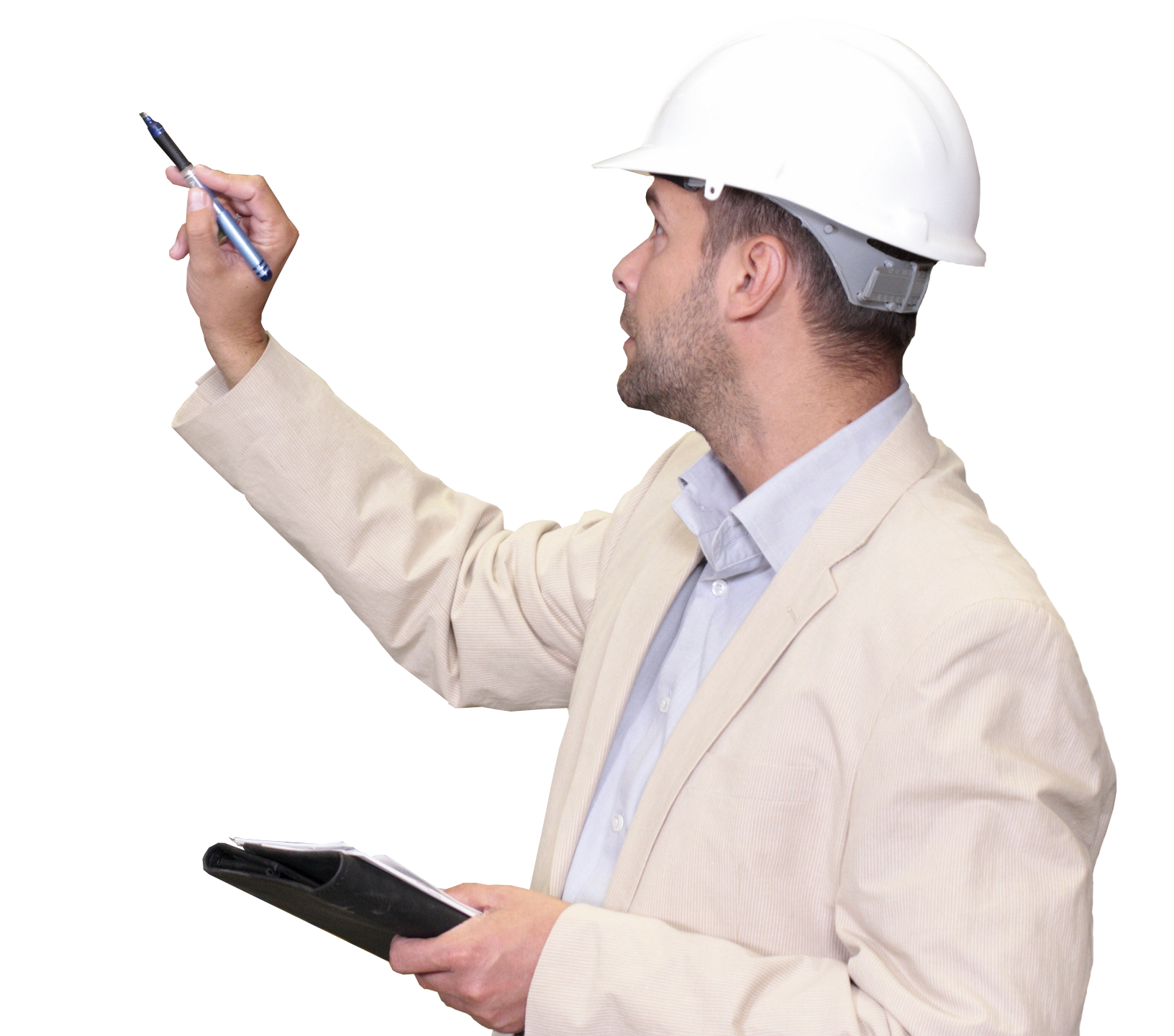June 06 2014

Proper Maintenance for Cable and Wires
Guest blogger: Carol Sabovik, Marketing Manager of TPC Wire and Cable Corp.
Properly maintained wires, cables and cords are crucial for a safe work environment. They are also easy to overlook if you don’t know what to watch for. Reference the checklist below to make sure your cords are safe and well maintained, and implement solutions for improving workplace safety.
1. Visually inspect cords and cables for abrasions
Look for cracks, tears and exposed fibers — especially where cables are kinked or twisted. The risks range from power outage to electrical shock. In most cases, it is advisable to replace the faulty equipment immediately instead of attempting to repair it.
If you expect your cables to be subjected to movement that could cause cracking and malfunction, consider using retractile coil cords that are strong and flexible. These types of cords are made to resist tearing and abrasion. Reeling cables are another flexible option made to resist damage from vibrations and impacts.
2. Double-check your connections
As with damaged cables, wires and cords, a loose connection can pose a significant safety risk, such as a power outage or a fire.
Take preventative measures to reduce the risk of a bad connection. For example, a molded DIN connector with self-sealing design increases the chances that your cable will stay put, and it eliminates the need for a rubber gasket. Also, you can look for a connector that locks to be sure your connection will not shake loose from movement or vibration.
Use a connector head that can be seen from all angles so that you can easily inspect your connection frequently.
3. Be sure your cable trays are not overloaded
Cable trays are useful devices that have limits. They can support, route and protect cables, but they can also become overloaded and pose a safety risk. You might be tempted to test the limits of your cable tray, although that is inadvisable.
Keep in mind that cable trays are subject to poor ventilation, heat buildup and general strain resulting from too many heavy cables pulling on them. According to Occupational Safety & Health Administration (OSHA) and Cable Tray Institute guidelines, capacity inside a cable tray should not exceed 50 percent of its inside area. Cable trays also specify weight limits.
If you follow the 50 percent rule, overloaded cable trays are fairly easy to identify just by looking.
4. Look at your unique working conditions
A safety inspection should take into consideration environmental factors that could affect performance and safety. Make sure you are using cables best suited to conditions. The following are examples of specialized cables that can make a huge difference when it comes to safety inspections.
Antimicrobial cables protect against bacteria, mold and fungi that can lead to failed visual inspections of your cable. These cables include antimicrobial additives that can kill 99 percent of microorganisms that are naturally drawn to the heat and moisture of food processing plants and similar manufacturing settings.
Chemical- and heat-resistant cables guard against corrosion caused by chemical exposure and high temperatures.
Fire-resistant cables can withstand flames when needed. This is crucial for operations involving furnaces, ovens, A/C equipment and other electrical appliances.
You should consult with a safety inspector or wire and cable manufacturer for a thorough assessment of your situation and to ensure you are being as safe as possible.

